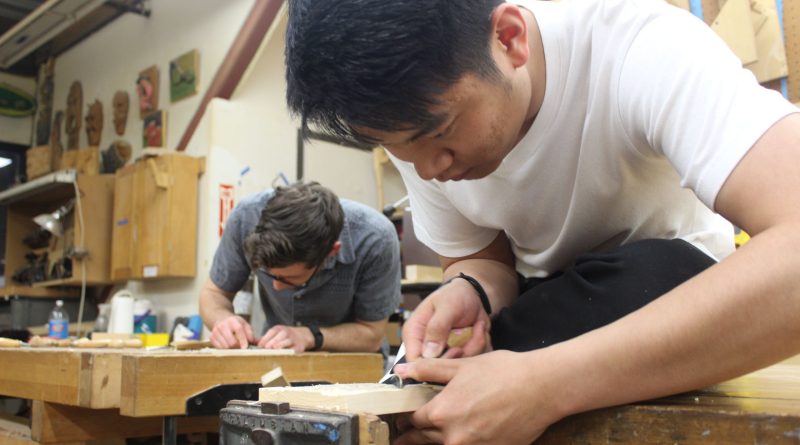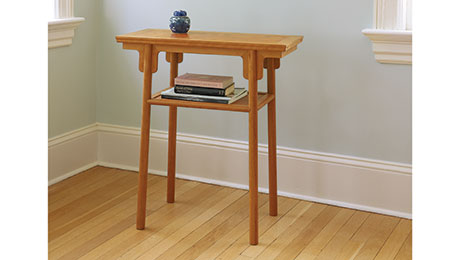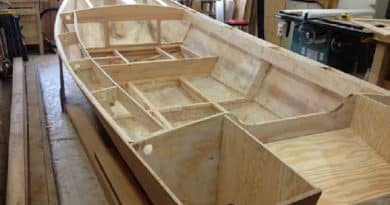Soap Mold Making – How to Make Your Own Soap Molds
When it comes to soap mold making the possibilities are endless provided the container you choose can hold hot water. Many soap makers prefer to buy pre-made soap molds but I prefer to make my own, depending on what type of soap I am making and what sort of design I think will showcase the soap to good effect.
Some people would say that your soap is only as good as the mold it is in and to some extent I would agree with that. If you are making soaps to sell at a market or Craft Show, then appearance is everything because potential customers will be drawn in if your soaps look visually appealing as opposed to the soaps looking as if they have been carelessly cut into random-sized blocks and thrown onto your table!
If you want to try soap mold making at home, then the materials you use for your mold will be dependent to a great extent on what type of soap you are making. With a hot process soap you will need to source heat-resistant glass, or if using plastic then look for something that is microwave-friendly. If using a cold process then you are not so restricted and you can choose a variety of materials such as wood, plastic, PVC piping, and silicone.
Silicone makes a great medium for soap mold making because it is heat resistant, flexible, and non-stick, so the soap will pop right out of the mold when it is set, without any problems. Another benefit of making your silicone mold is that you can choose more or less any object to replicate in soap. For example, if you wanted to make “dog” soaps you could use a china model of a dog from which to make your mold. I will just point out here that your object needs to have a hard surface to make a decent mold.
This is how you can make your silicone molds:
1. Thoroughly clean your chosen object by brushing it all over with a firm paintbrush, paying particular attention to any crevices or indentations
2. Mix a two-part modeling compound, such as Silicone Plastique, which is available in most craft shops. Simply knead the two parts together until the color is uniform and the “dough” feels pliable. You will have to be fairly speedy with this next part because the dough will begin to cure within 10 to 15 minutes, making it impossible to mold.
3. Apply a thin layer of the modeling material to your chosen object, filling any crevices and working it well into the shape.
4. Then before this layer has a chance to start to harden, work another layer over the top of the first thin layer. This layer needs to be at least one-quarter of an inch thick and smooth on the outside. The two layers will only stick to each other if the first layer has not begun to cure – so time is of the essence!
5. Let the mold stand for at least an hour at room temperature.
6. When the modeling material is completely dry to the touch, you can carefully remove your primary object, and, hey presto, your silicone soap mold is ready to use!
As with any soap mold-making, you must put aside the molds and keep them solely for soap-making to avoid the risk of contamination.
Well, now you know how to make your unique soap molds, you need some soap recipes and I have just the thing for you.




